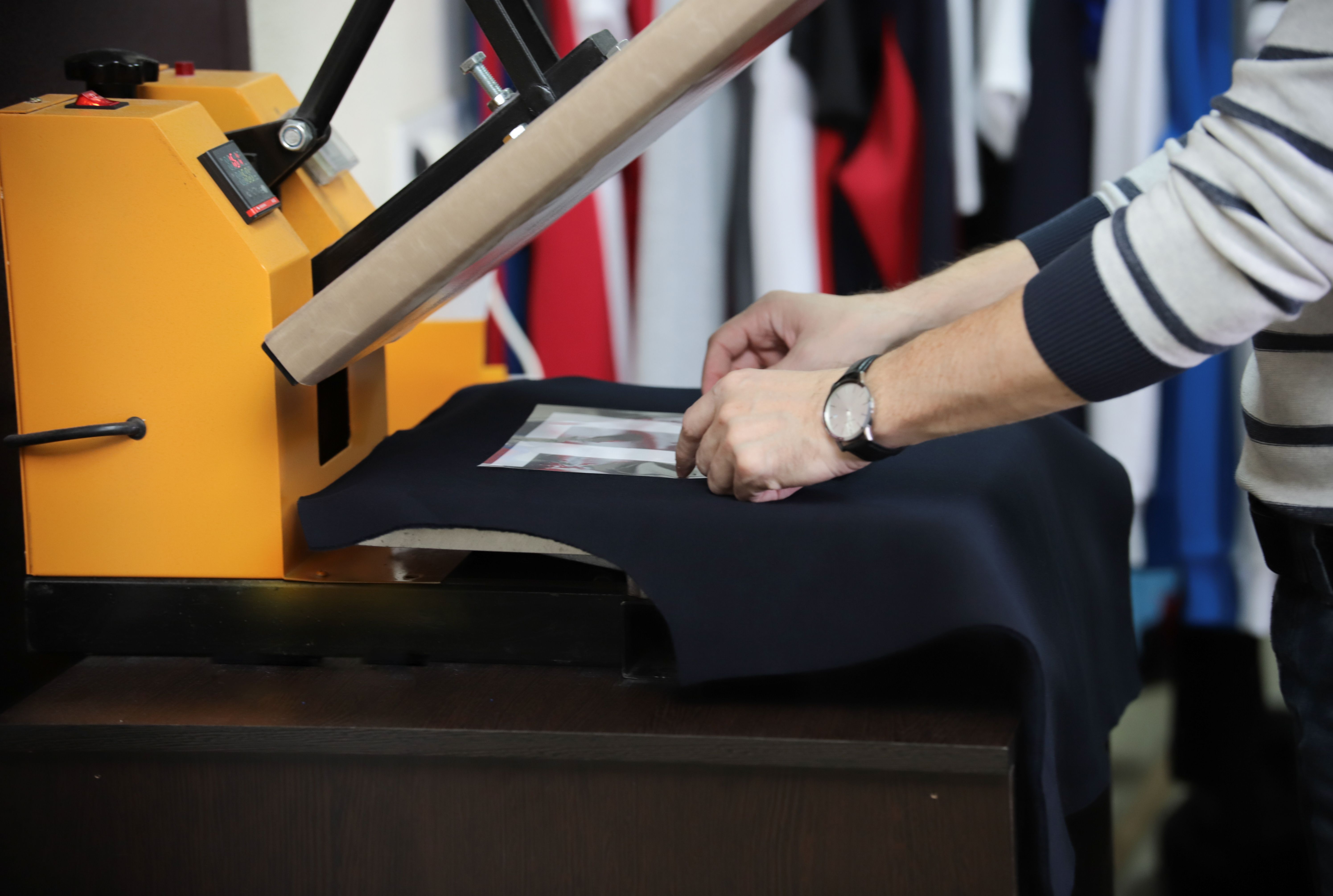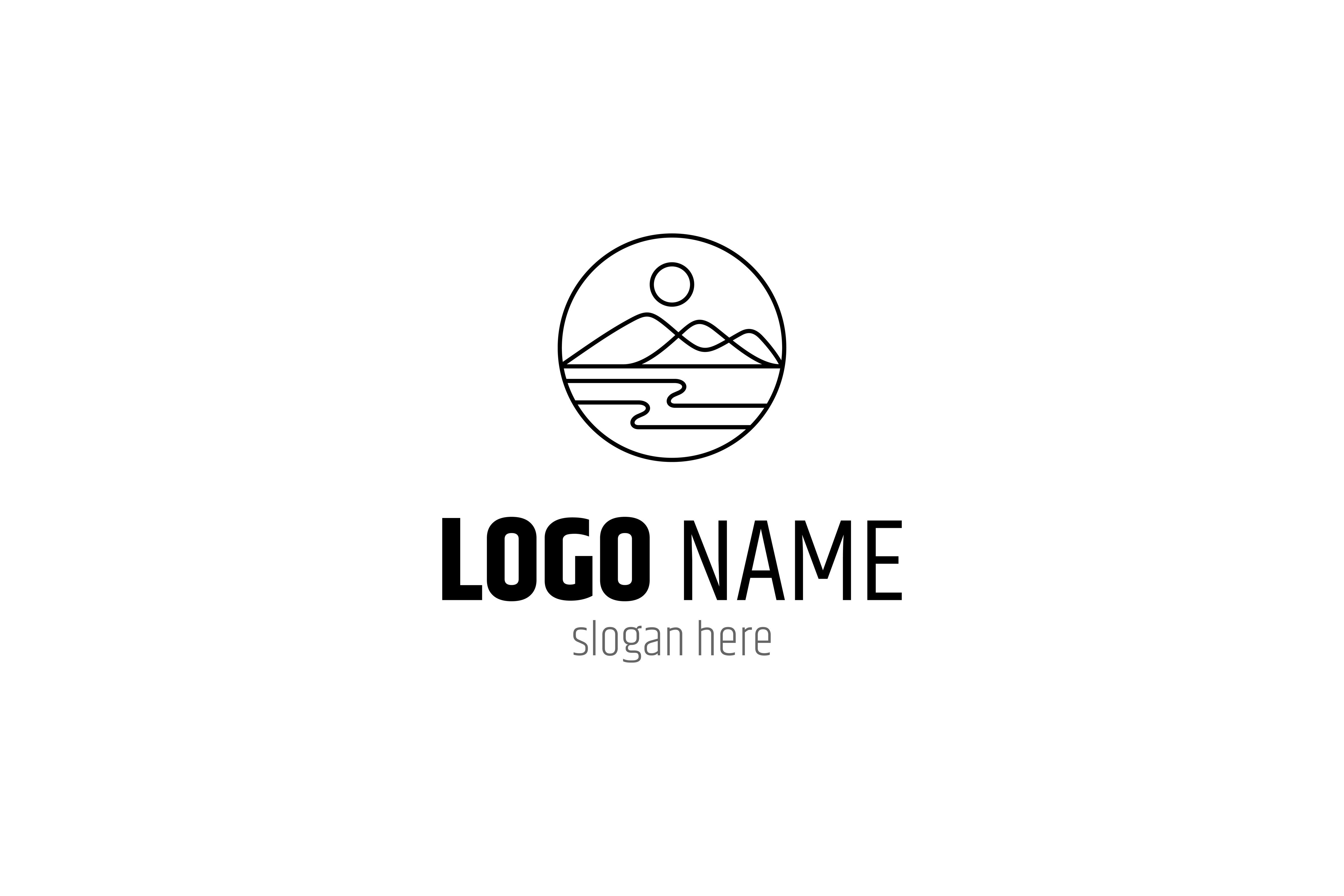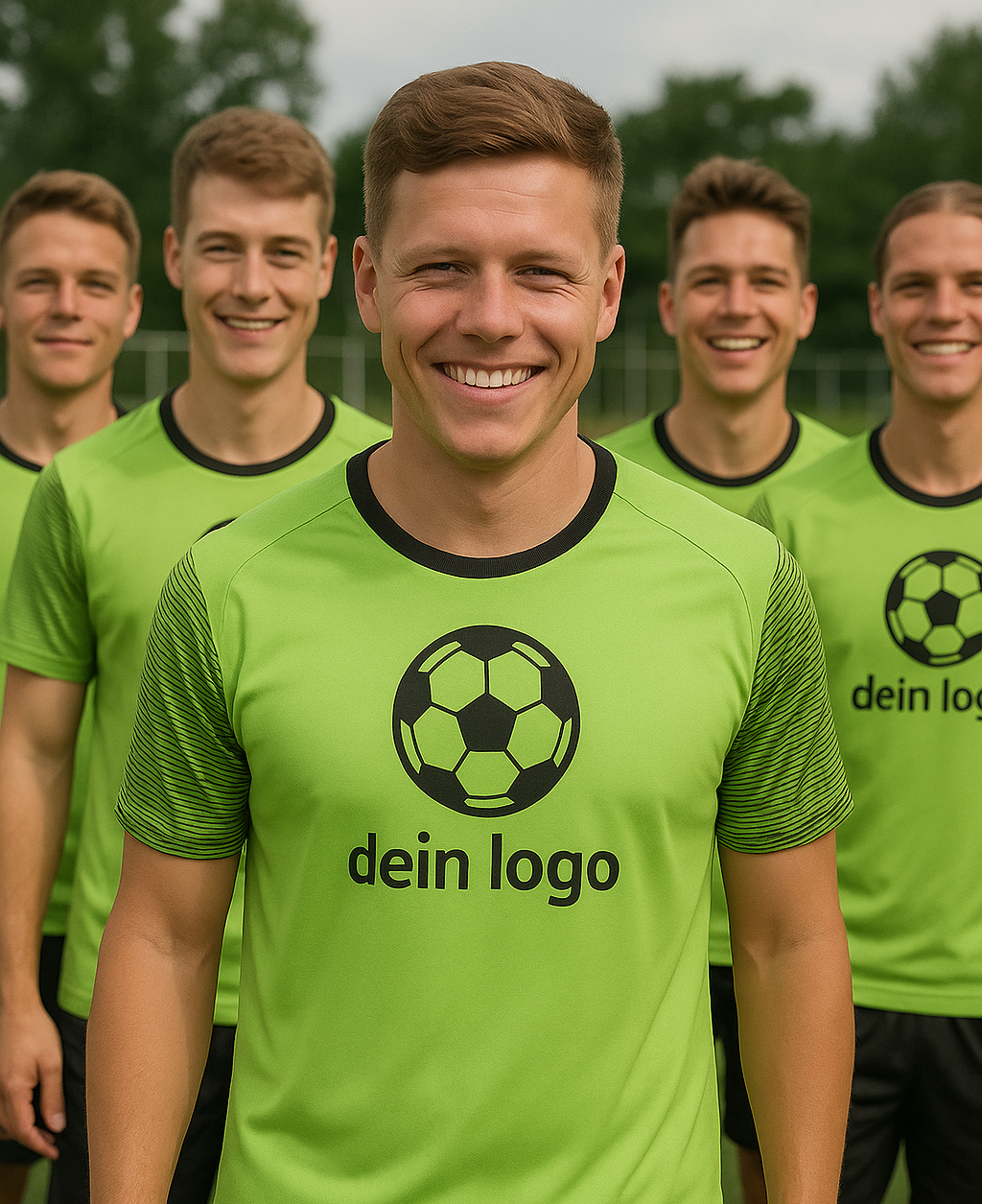Why a Custom T-Shirt Logo Matters
A custom-designed logo on a T-shirt ensures strong recognition, a professional appearance, and a unified look. It acts as a visual ambassador of your brand and contributes to a positive perception. Companies, clubs, and event organizers use T-shirt logos purposefully for:
- Branding & Visibility: Your company logo on textiles works like a walking business card.
- Team spirit: Uniform shirts strengthen the sense of unity.
- Events & Promotion: Logos on T-shirts attract attention and are memorable.
1. Define Goals & Style
Before starting the design, clarify:
- What will the T-shirt be used for? (e.g., employees, trade shows, sports teams, promotional use)
- What message should the logo convey? (Professionalism, creativity, dynamism)
- Should it be used long-term or for a one-time event?
3. Tools & Software to Create Logos
Our own AI design tool (recommended): The free design tool by Wear Your Imagination is ideal for anyone who wants to quickly and easily create a professional logo for their T-shirt without prior knowledge. Your desired design is automatically generated using AI based on a short description. Intuitive, time-saving, and free.
Other online tools:
- Canva – many templates, easy to use
- Hatchful by Shopify – free & fast
- Looka – AI-powered logo creation
Professional software for designers:- Adobe Illustrator
- Affinity Designer
- Inkscape
Alternatively: hire a designer via platforms like 99designs or Fiverr.
Tip: Our design tool automatically generates the right format, correct resolution, and applies CMYK conversion.
5. Avoid Common Mistakes
- Logos with fine lines and tiny details – these often appear blurry on fabric or disappear during printing. Better: Use clear shapes and visible outlines.
- Too many colors (expensive to print) – limit to two or three colors to reduce printing costs and achieve a cohesive look.
- Wrong formats (.JPG with white background) – these are unsuitable for textile printing as they don't support transparency. Use PNG or vector formats with transparent background instead.
- No rights for used symbols or fonts – this can lead to legal issues. Use royalty-free or self-created elements.
Tip: Our hoodie design tool automatically ensures that all design parameters – from format and color count to licensing – are optimized for textile printing. This helps you avoid typical beginner mistakes from the start.
Conclusion:
The Right Logo for a Strong Appearance
A good T-shirt logo is more than just a design – it's part of your brand identity. Invest time in planning and design, use print-ready formats, and test before placing the final order. Whether for companies, teams, or events: A strong logo on a shirt leaves a lasting impression. For more information on T-shirt printing or support with your design, feel free to contact us.




